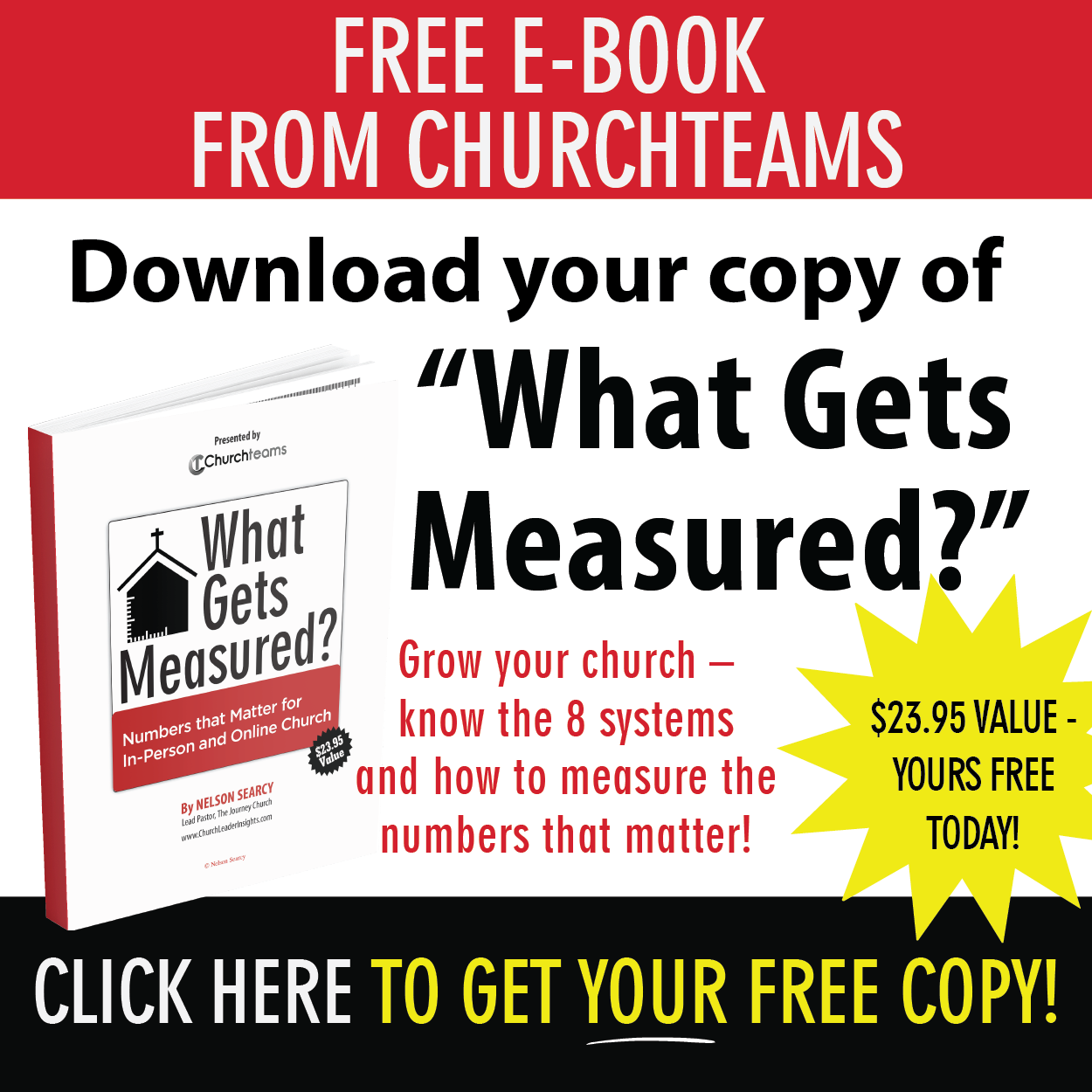 Have you ever walked through a church that has gone through several building programs over the decades? Architects are brilliant at tying the different eras together, but the astute observer and especially the maintenance workers see the different stages. There are differences in plumbing, electrical, ceiling heights, hallway widths, and much more. Building materials and paint can only do so much.
Have you ever walked through a church that has gone through several building programs over the decades? Architects are brilliant at tying the different eras together, but the astute observer and especially the maintenance workers see the different stages. There are differences in plumbing, electrical, ceiling heights, hallway widths, and much more. Building materials and paint can only do so much.One of the things that makes church management software a challenge for ministry maintenance workers (pastors and church staff) is that it's underlying architecture generally reflects the language that evolved in churches over time. Certain parts of the software are organized around classes, committees, and programs; while other parts are organized around teams, groups, and events.
The problem is that different users interpret the language and use the software in different ways. This leads to a lack of clarity, frustration, territory staking, and often distrust of the software.
The breakthrough for me as a church administrator came when I was introduced to the idea of organizing church around groups. This meant that every ministry is organized exactly the same way. Worship, children, youth, adult, missions, hospitality, pastoral care, administrative, governance, events, forms, and even assimilation are all groups.
These groups are led (or owned) by leaders. Leaders are led by coaches, directors, or staff depending on the size of the organization. One additional level of mid-level leadership is all that is necessary for managing even the largest multi-site or mega-church. So, it is extremely scalable.
This "church of groups" idea underlies the design and framing of Churchteams. Even our name reflects that commitment.
Instead of a complex organization of modules linked together by an intermediary command and control center, we provide a simple organism made up of a full set of features. One simple, scalable environment instead of many, compartmental environments.
The best way to see this is on the browse groups page of our software.

The software illustrates the potential of a different way to look at church structure. It provides a picture of what a simpler, more clear and effective structure looks like. So, how might you further explore and possibly implement this idea?
Start by clearly identifying the problem. This is a discussion with elders, staff, and ministry leaders that might begin with a questions like:
- On a scale of 1-5 how aligned are we in the way we organize different ministries?
- What are the implications of this alignment or lack of alignment?
- What are the problems?
Next assess the problems with questions like:
- In what ways are our different ministries similarly structured?
- In what ways are they different?
- What difference would it make if they were more aligned?
This is how new language and culture takes shape. It's a new way of looking at the same vision and possibly even the same strategy. It is likely many conversations over a period of time. This is how change is managed.
One final idea. Culture is not only determined by language, it is also formed by the tools you use. Deciding to use a new groups / church management / church communication software could be a big help and a major catalyst. Guess what?
We can help you with that.
I do a Meet The Software Zoom call every week, and you are always welcome.



